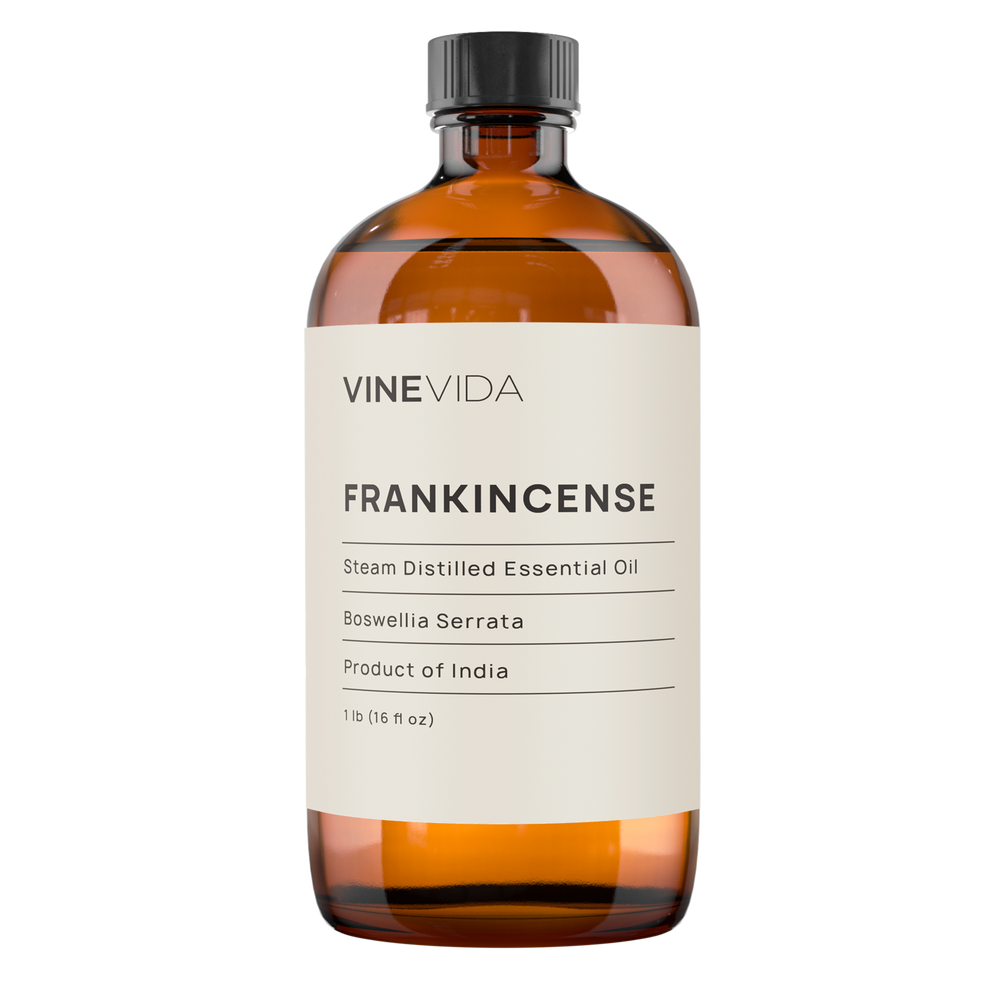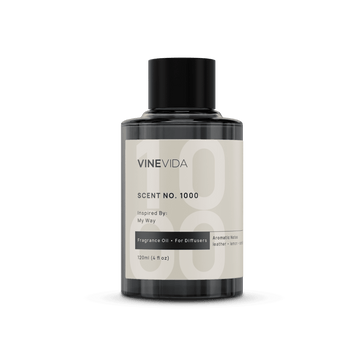According to the Global Impact of Respiratory Disease report, launched on last year’s World Lung Health Day, respiratory diseases remain a leading cause of death and disability, despite cost-effective health interventions being available. Almost 200 million people have COPD, and 3.2 million die of it each year. That’s a massive 4% of the world’s population, making it the third-leading cause of death worldwide.
The most dangerous cause is smoking, followed by pollution, which kills an estimated 7 million people yearly. WHO data shows that 9 out of 10 people breathe air containing high pollutants. Respiratory health is extremely close to my heart, so today, I thought we’d think about some of the essential oils for respiratory support.
My Interest in Essential Oils for Respiratory Support
In November 2008, I was 39 years old, 8 weeks pregnant with my third child, and I developed a cough. That was not too unusual. I’d been prone to chest infections for the past five years. It had snowed early that year in England, in October. It was cold, and I felt horrific. I struggled to catch my breath and developed a debilitating pain down my left side.
After being sent home from the emergency room with painkillers and a diagnosis of pleurisy, I was told to follow up with my GP the next day because I started to cough up blood. I left the doctor’s surgery in a blue-lighted ambulance and was eventually diagnosed with a pulmonary embolism; a blood clot had formed in my left lung.
Rehabilitation was slow. I was given heparin injections that quickly broke the clot up, but the pain and breathlessness remained for a very long time. Oddly, I felt so much better when Dexter was born, which I can’t explain, but I'm still a long way off feeling well. So, it was time to get serious about finding oils that could help...
1. Monarda Essential Oil
I think the oil that helped me most was one you don’t see very often, although Monarda essential oil is easy to find if you look for it. It was like a miracle for me. I’d come upon it by accident when trying to discern if there was a way to help scar in the lungs. I came across a trial that reported that the essential oil constituents, thymol, and geraniol, could help. (Sivamani, 2021)
I searched through Essential Oil Safety for Health Professionals by Tisserand and Young to discover the oil that seemed to have the best amounts of them and went on a quest to secure some.
Three weeks into using it, my breathlessness had gone. Thymol and geraniol act by healing non-healing pulmonary wounds by acting on an enzyme that breaks down proteins in the lungs called elastase-2.(Sivamani, 2021) It is a remarkable oil and would be especially useful if someone had chronic bronchitis or emphysema. Both these conditions have elastase -2 issues connected with them.
As a traditional medicine, the Lakota people bathe their babies with Monarda flowers to fortify them, and gentle as the medicine most certainly is, it is an incredibly powerful healer. As soon as any coughs or colds develop in our house, I reach for the monarda.
2. Eucalyptus Essential Oil
I love to think of all the indigenous people worldwide using their own plants to reduce coughs and colds. In Australasia, of course, it’s tea tree and eucalyptus oils. Traditional medicine has eucalyptus branches burned on a fire, and the “patient” would gasp at the smoke that floats off. Later, according to legend, Captain Cook showed them how to use Billy Cans to boil their water and throw the leaves in. Again, there was this inhalation of fumes.
Both eucalyptus and tea tree are rich in 1,8 cineole, a monoterpene, more commonly referred to as eucalyptol. This is a well-researched molecule proven to have mucolytic and spasmolytic effects on the respiratory tract. It prevents spasms in the airway and shifts the mucus of the chest (Jeurgens, 2014). In addition, eucalyptol is often recommended for COPD and asthma, where there tends to be inflammation. The constituent prevents inflammation from causing flare-ups, which should also protect against mucus buildup. (Jeurgens, 2014)
Regular blog followers will know that eucalyptus will be problematic for youngsters, though, since 1,8 cineole slaves' respiration. So, we try not to use eucalyptus on kids if we can help it. In the UK, acute bronchitis is the fourth biggest cause of infant death. It’s a seriously bad illness, and to my mind, the abilities of oil like this should certainly not be discounted if you have a very poor child.
Keep dilutions below 0.25%, and apply to their backs. Use hourly.
DO NOT PUT IT ON THEIR PILLOWS TO UNBLOCK THEIR NOSE.
3. Frankincense Essential Oil
My favorite oil for kids with colds is anyone who is stressed, upset, or cannot sleep.
Frankincense slows the breath, which is useful for asthma or panic attacks but also unblocks little noses.
Perhaps, most important, is its comforting nature. In times of stress, solitude, or loneliness, frankincense feels like the angels are with you.
4. Ravensara Essential Oil
If you want to bring out the big guns against infection, then this beauty is it. It originates from the island of Madagascar, where it is seen as a cure-all in the same way Australians see tea trees.
It’s a very strong oil, so you would only want to use it in dilutions of 1.7%, but it is safe for children.
Read More: Ravensara Essential Oil.
5. Conifer Oils
All of those strongly aromatic forest fragrances are also wonderful for helping you breathe. Pine, fir, spruce….
How To Use Essential Oils For Respiratory Support

The two best ways will be topically and gasping the fumes from the bottle.
1. Inhalation
Inhaling the fumes allows molecules to get into lung tissue fast to do their work.
Place the bottle inside your mouth without closing your lips around it.
Slowly and deeply take the fumes (not the oil) into your lungs.
I usually try to do 20 gasps if I can.
Also Read: Best Essential Oils For Asthma
2. Topical Use
Blend essential oils into a carrier oil, cream, or lotion.
If you were to visit an internal medicine clinical aromatherapist, they might give you pessaries to use since the best arterial route to the lungs is, oddly, from the rectum. However, this would be for very skilled practitioners only. For the rest of us, we rub onto the chest or back, if possible.
Remember, though, that essential oils absorb through the skin and into the bloodstream, so they will get there eventually, even if you apply them to the insides of the wrists where there is a good blood supply. That’s a great way to keep reapplying if it is difficult at work or similar.
Apply up to five times daily using a finger full of your blend.
Know that you will not overdose on oils by using them too often when you are ill, merely that the body will refuse to take any more up and will dispose of the rest in urination.
Also Read: Best Essential Oils for Allergies
Conclusion
One of the best ways to take care of your lungs is to use essential oils for respiratory support. Get out in the forest, breathe those natural oils from the pine and fir trees, and feel how much easier you breathe. All these kinds of conifer oils are great to experiment breathing with and are relaxing and refreshing simultaneously.
Also Read: Best Essential Oils for Sinus

















